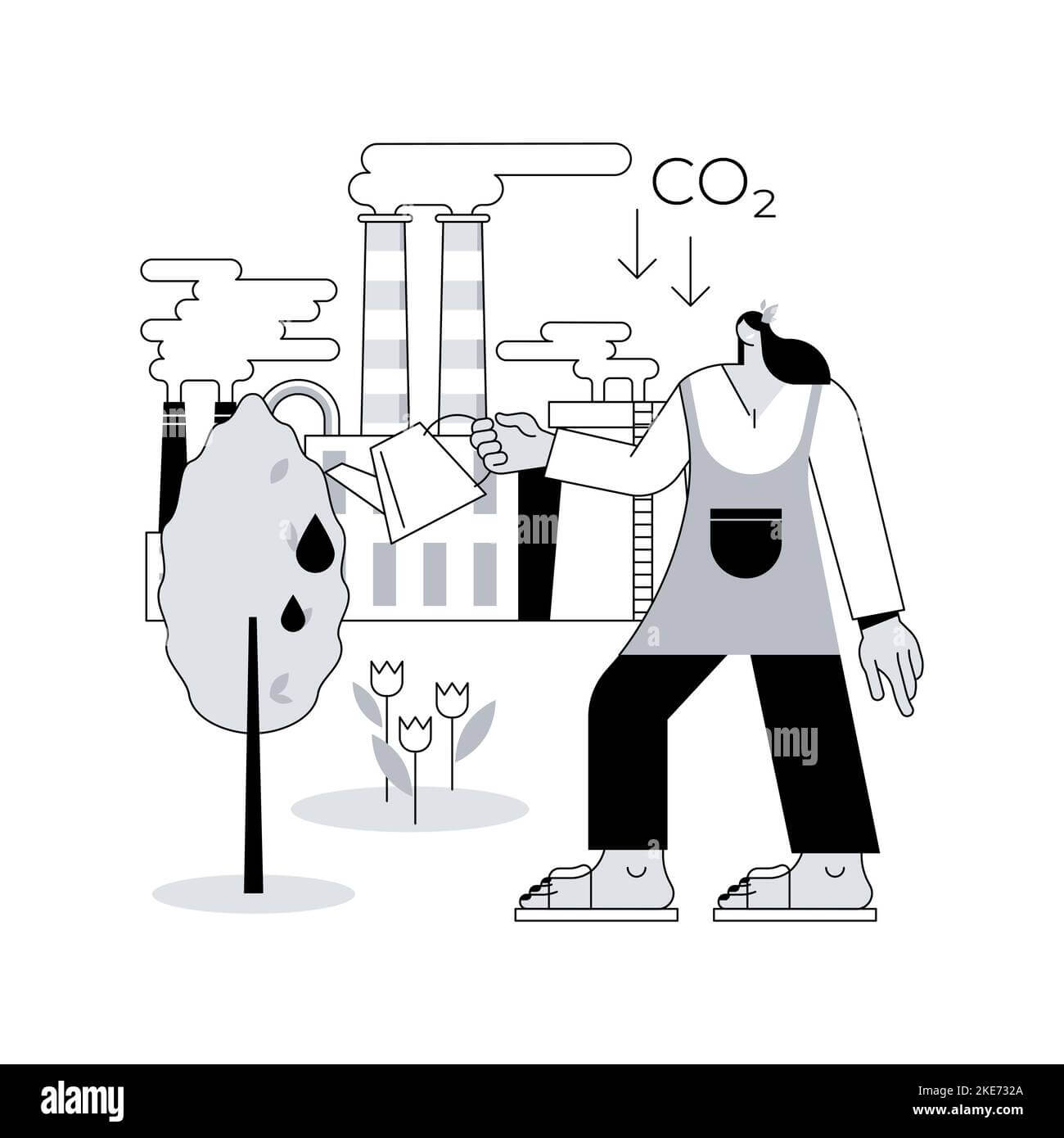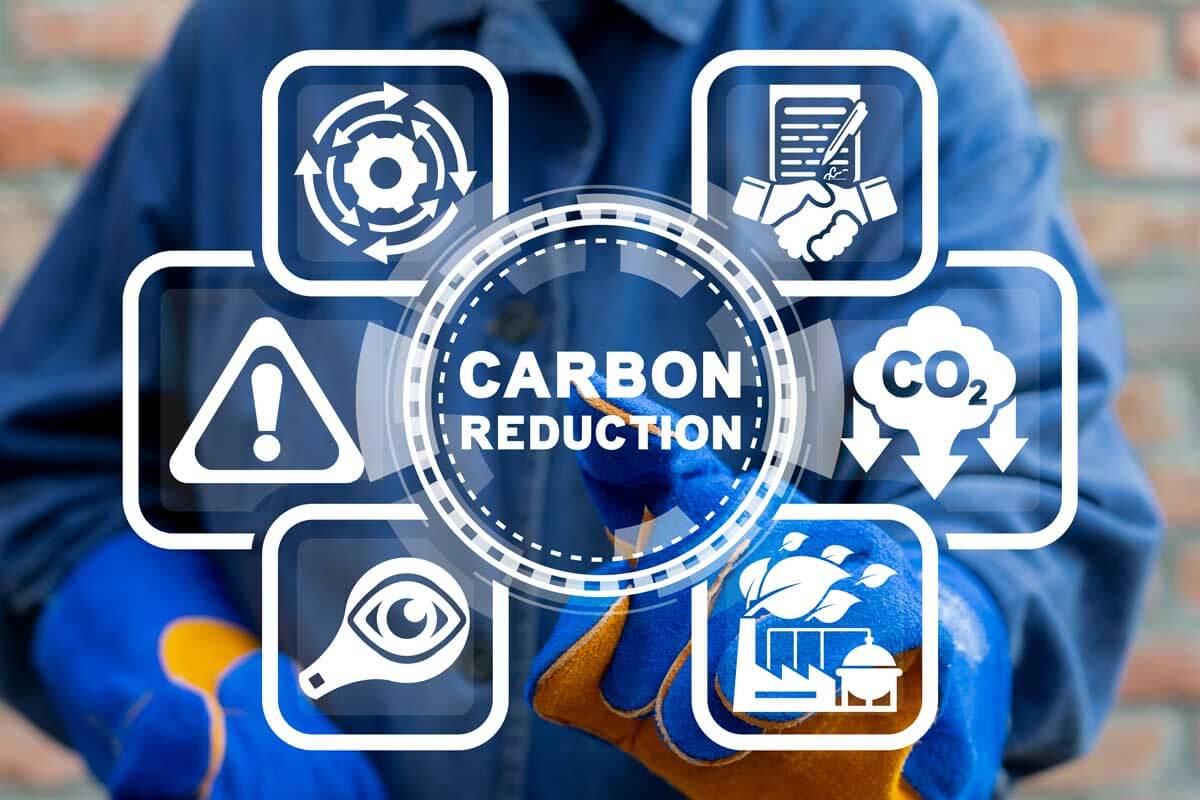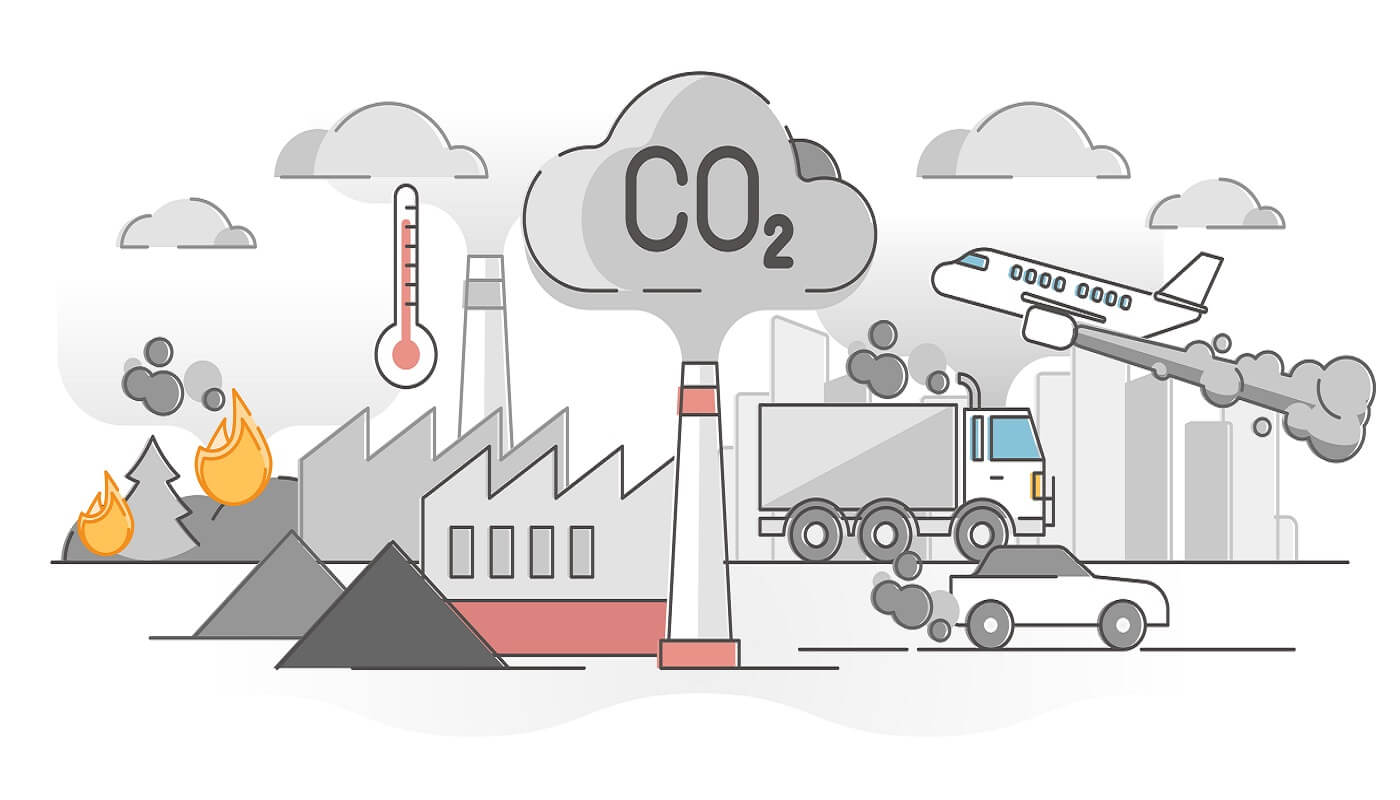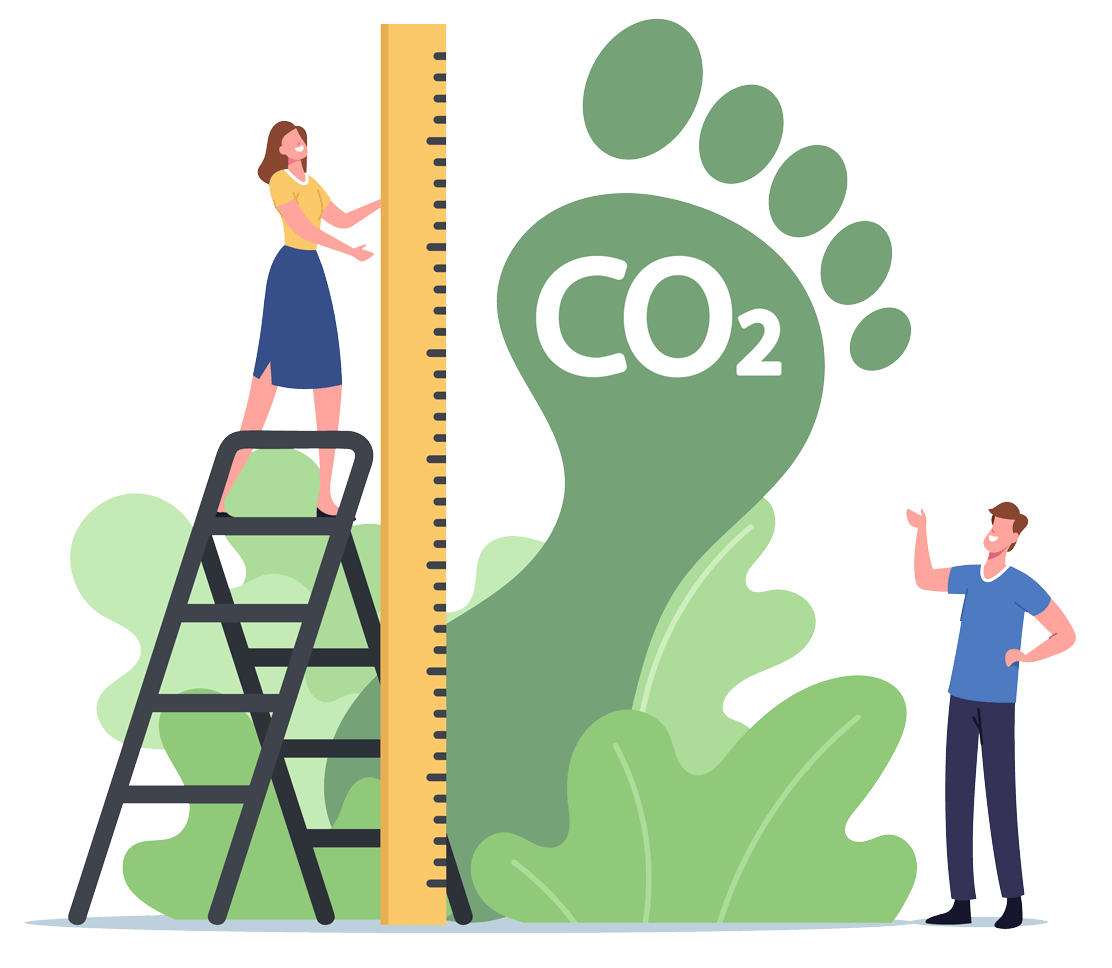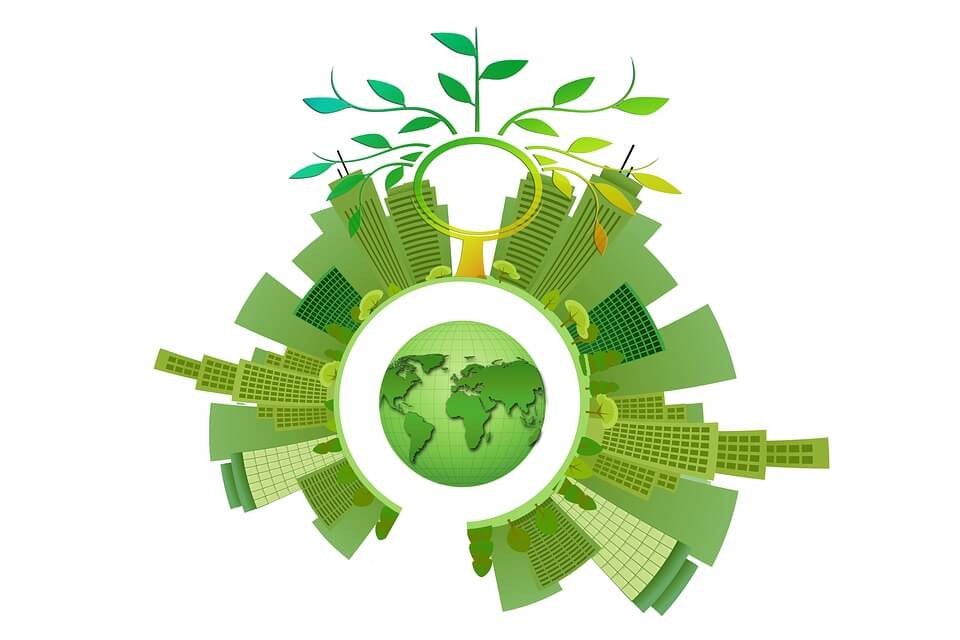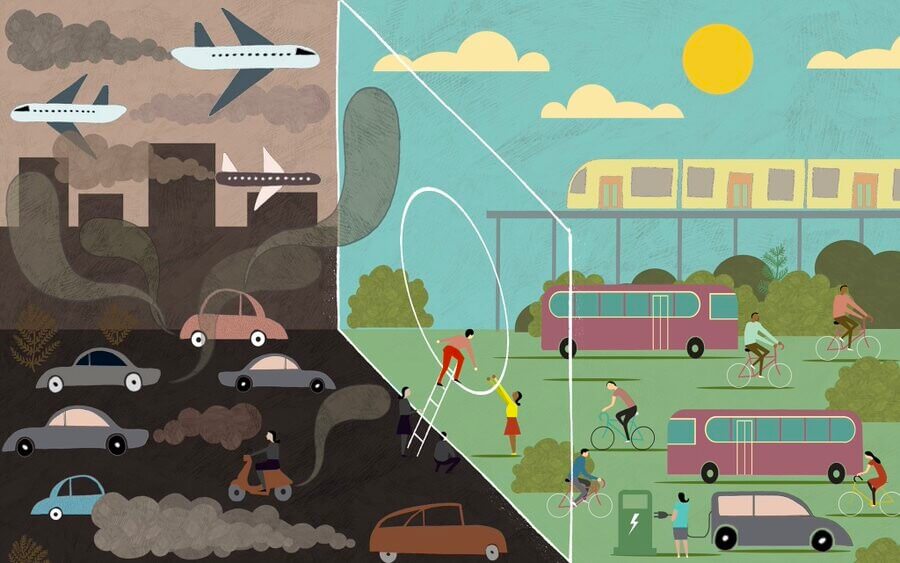How can I reduce my carbon footprint?
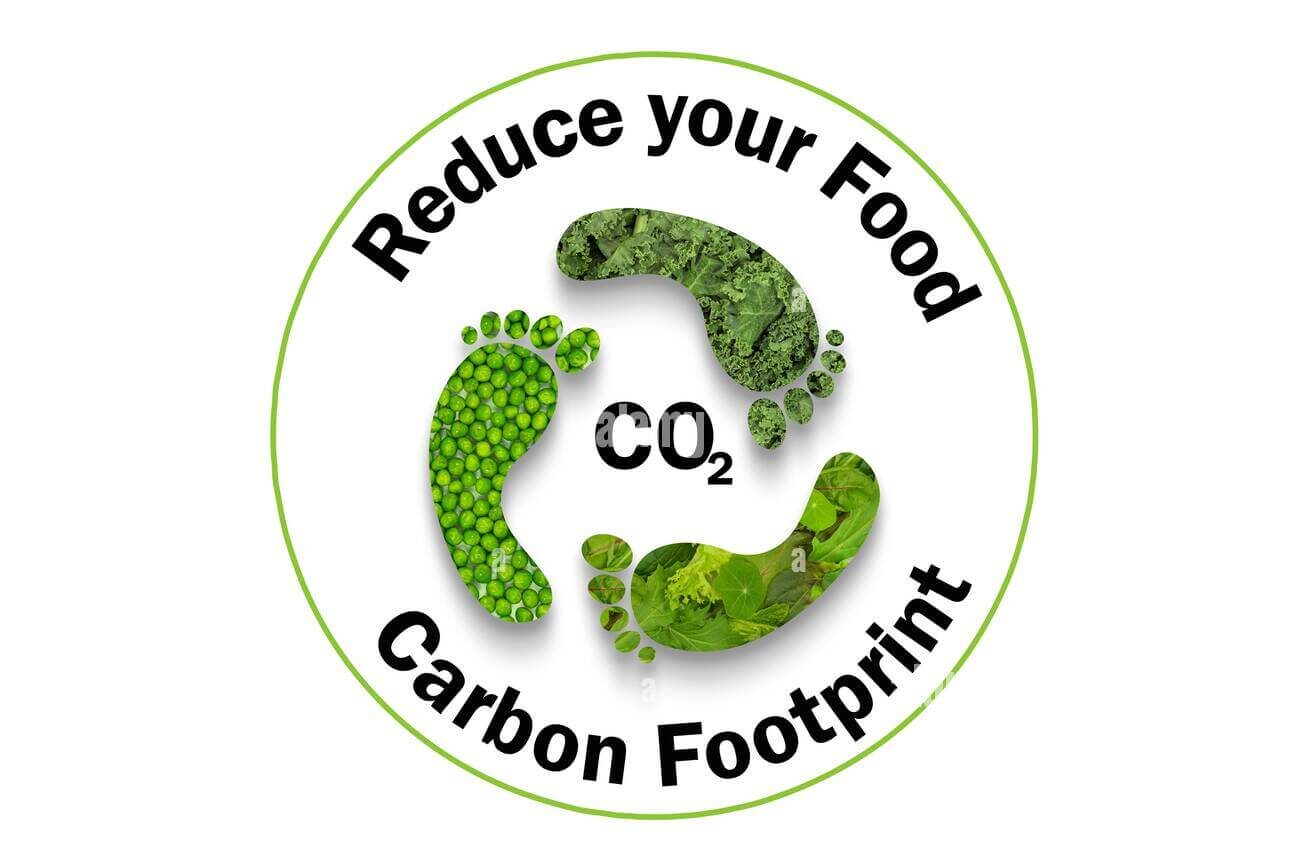
In a world concerned about climate change and sustainability, the question on many people’s minds is: How can I reduce my carbon footprint?
This concern is shared by a growing number of environmentally conscious people who want to contribute to the fight against global warming.
From our choice of transportation to the way we consume food and energy, our everyday actions often contribute more to the climate crisis than we think.
In this article, we will provide you with a clear set of practical solutions and strategies to significantly reduce your carbon footprint.
We will explain how to make more sustainable choices in your daily life, from mobility to waste management, food choices and energy conservation.
By the end of the article, you will be able to take concrete and effective steps to reduce your environmental impact and be part of the solution to the climate change challenge.
You will learn the following about how I can reduce my carbon footprint:
- How to understand and measure your carbon footprint.
- Practical tips for conserving energy at home and using renewable energy sources.
- Transportation choices
- The impact of food choices on carbon emissions.
- The importance of waste reduction, recycling and consumption.
- Environmentally friendly travel alternatives and the concept of carbon offsetting.
- How to promote renewable energy and participate in climate advocacy.
- The economic benefits of reducing carbon footprint.
Know your carbon footprint
Before delving into the practical steps you can take to reduce your carbon footprint, it is essential to understand what it is and how it is measured.
A carbon footprint is a measure of the amount of greenhouse gas emissions, particularly carbon dioxide (CO2), produced by an individual, organization or product.
It represents the impact of our activities on the environment and contributes to climate change.
To assess your carbon footprint, you can use carbon footprint calculators, which are online tools that estimate your carbon emissions based on various factors.
These calculators take into account energy consumption, transportation choices, waste generation and food consumption patterns.
By entering relevant data, such as gas and electricity bills, distances traveled and food preferences, you can get an estimate of your carbon footprint.
Understanding the factors that contribute to your carbon footprint is crucial to identifying areas where you can make changes and reduce your impact on the environment.
Energy consumption
Fossil fuels, such as coal and natural gas, used to generate electricity, release CO2 into the atmosphere when they are burned.
Reducing your energy consumption can make a significant difference in your carbon footprint. Here are some practical tips for saving energy at home:
- Use energy-efficient appliances and lighting: Replace old appliances with energy-efficient models that have a higher Energy Star rating.
For example, LED bulbs are more energy efficient and have a longer life than traditional incandescent bulbs. - Improve your home’s insulation and weatherization: Properly insulating your home can prevent heat loss during the winter and reduce the need for excessive heating.
Seal gaps around windows and doors, insulate the attic and consider double-glazed windows to improve energy efficiency. - Adjust the thermostat and use programmable thermostats: Lowering the thermostat a few degrees in winter and raising it slightly in summer can result in significant energy savings.
Programmable thermostats allow you to automate temperature settings based on your schedule, thus optimizing energy consumption.
Transportation options
Transportation is another factor that significantly influences carbon emissions, mainly due to the burning of fossil fuels in vehicles.
By opting for sustainable transportation, you can reduce your carbon footprint and improve air quality.
Here are some alternative transportation options to consider:
1.1 Public transportation, carpooling or ridesharing: whenever possible, opt for public transportation, carpool with coworkers or neighbors, or use ride-sharing services.
Sharing a vehicle reduces the number of cars on the road and therefore emissions per person.
1.2 Walking, cycling or using electric scooters for short distances: For short trips, consider walking, cycling or using electric scooters.
These modes of transportation are not only environmentally friendly, but also promote a healthier lifestyle.
Waste management
Proper waste management plays a key role in reducing carbon emissions.
When organic waste decomposes in landfills, it produces methane, a potent greenhouse gas.
By implementing effective waste reduction and recycling practices, you can minimize your carbon footprint.
Here are some tips for waste reduction and recycling:
1.3 Emphasize recycling paper, plastic, glass and metal: Separate recyclable materials from your regular waste and make sure they are sent for recycling.
Many communities have recycling programs, making it easy to recycle these materials.
1.4 Use reusable products and packaging: Replace single-use items, such as plastic water bottles and shopping bags, with reusable alternatives.
Invest in reusable water bottles, cloth shopping bags and food containers to reduce waste generation.
1.5 Compost organic waste: Instead of throwing away food scraps and yard waste, consider composting them. Composting not only reduces methane emissions, but also produces a nutrient-rich fertilizer that can be used in gardening.
Exploring renewable energy sources
In addition to saving energy, transitioning to renewable energy sources can further reduce your carbon footprint.
Here are a couple of options to consider:
- Install solar panels or wind turbines: If feasible, consider installing solar panels on your roof or wind turbines on your property.
These renewable energy systems harness the power of the sun or wind to generate electricity, reducing your dependence on fossil fuels. - Support community solar or green energy programs: If installing renewable energy systems is not feasible, you can support the transition to clean energy by participating in community solar programs or opting for green energy plans offered by electric utilities.
By adopting energy conservation measures and exploring renewable energy options, you can significantly reduce your carbon footprint and contribute to a more sustainable future.gas emissions.
The availability of charging infrastructure is improving, making electric vehicles a viable alternative to traditional gasoline-powered cars.
It’s important to note that even if you cannot completely eliminate the use of fossil fuel-powered vehicles, you can still make a difference by opting for sustainable transportation whenever possible.
Sustainable Food Choices
Food production and consumption have a significant impact on carbon emissions.
By making conscious choices about the food we eat, we can reduce our carbon footprint.
Here are some strategies to consider:
- Plant-based diets and reducing meat.
Meat production, especially beef and lamb, has a high carbon footprint due to the methane emissions associated with livestock farming.
Consider adopting a plant-based diet or reducing your meat consumption. Plant-based diets, such as vegetarian or vegan, have a lower carbon footprint and offer numerous health benefits. - Organic and locally sourced foods
Choosing organic and locally sourced foods can also contribute to footprint reduction.
Organic farming practices minimize the use of synthetic fertilizers and pesticides, reducing greenhouse gas emissions.
Locally sourced food reduces carbon emissions associated with long-distance transportation.
Supporting local farmers and producers also helps build sustainable and resilient communities.
Waste reduction and recycling
Effective waste management is crucial to reducing carbon emissions and minimizing pressure on natural resources.
Here are some practical tips:
1. Recycling
Separate recyclable materials from your regular waste and make sure they are sent for recycling.
Many communities have recycling programs, so it makes sense to recycle:
- Paper
- Plastic
- Glass
- Metal.
By recycling these materials, you reduce the need for virgin production, which requires a significant amount of energy and resources.
2. Reusable products and packaging
Replace single-use items with reusable alternatives. Investing in reusable water bottles, cloth shopping bags and food containers reduces waste generation and minimizes demand for disposable products.
By using reusable products, you contribute to reducing the carbon emissions associated with their production and disposal.
Action to Reduce Carbon Footprint | Benefits |
Use of renewable energy (solar panels, wind power) |
|
Improving energy efficiency in the home | Long-term economic savings through reduced energy costs. Reduction of local air pollution. Contribution to the conservation of natural resources. |
Opting for public transportation and environmentally friendly means of transport |
|
Adopt a diet based on local plants and foods. | Reducing the footprint associated with agriculture and food production. Supporting the local economy and sustainable farmers. Improved health by promoting a balanced and conscious diet. |
Recycle and use reusable products | Minimization of waste and reduction of the need for virgin production. Preservation of natural resources and biodiversity. Reduction of water and soil pollution. |
Conclusion
In our quest to reduce our carbon footprint, the key lies in the daily choices we make.
By adopting a greener diet, opting for sustainable modes of transportation and embracing renewable energy, we can make a significant difference.
By choosing local and seasonal foods, we reduce the emissions associated with food transportation.
By walking, cycling or using public transportation, we reduce greenhouse gas emissions.
And by investing in solar or wind energy, we contribute to a cleaner future.
These actions not only reduce our carbon footprint, but also connect us to a more sustainable and healthy future for our planet and future generations.
Answers To Common Questions
What is a carbon footprint and why should I reduce it?
A carbon footprint is the amount of greenhouse gasses emitted by an individual, and reducing it helps combat climate change.
Who can help me reduce my carbon footprint?
Environmental organizations, sustainability experts, and online resources can provide guidance.
How can I reduce my carbon footprint at home?
By conserving energy, using eco-friendly products, recycling, and reducing water consumption.
What are some eco-friendly transportation options?
Using public transportation, carpooling, biking, and walking are great ways to reduce your carbon footprint.
How can I offset my carbon emissions?
Planting trees, supporting renewable energy projects, or purchasing carbon offsets can help offset emissions.
What if reducing my carbon footprint is too expensive?
There are many affordable options available, and the long-term benefits of reducing emissions outweigh the costs.
What causes carbon footprint? From everyday activities to industrial impacts, learn how to mitigate your environmental footprint effectively."
Understand carbon footprint units like CO2e and kilograms to measure and reduce your environmental impact effectively.
Explore the different carbon footprint types—direct, indirect, embodied, and product—and learn strategies to reduce your environmental impact effectively.
Learn how to reduce your personal carbon footprint with practical strategies on energy, transportation, diet, and waste. Make a sustainable impact today.
Discover practical tips on reducing your water carbon footprint. Learn about water-saving strategies and their impact on climate change in this enlightening guide.
Offset your carbon footprint effectively with expert guidance. Understand the impact of your daily activities on emissions, calculate your footprint accurately, and support reputable offset projects.
Sustainable strategies to shrink your carbon footprint. Learn eco-friendly practices for a greener lifestyle. Act now for a better world!
Ecuador's Zero Carbon Programme is a testament to the country's commitment to sustainability, setting a global example. This guide highlights the program's strategies, benefits, and how businesses can align with these green initiatives.
Discover the importance of Carbon Reporting in our analysis of Carbon accounting. Learn how to communicate your sustainability efforts clearly and transparently. Read more
Discover how to measure your financial portfolio's carbon footprint and take steps towards a sustainable future. Essential guide for environmentally conscious investors.
Colombia's Carbon Neutral National Program is a beacon for sustainable transformation, blending ambitious goals with actionable strategies. This guide delves into its impact on businesses and society, showcasing the path to a greener future.
How large companies can manage their carbon footprint in light of new UN regulations in this detailed article. We explore the significant impact of carbon footprint on economic performance and corporate reputation, and offer effective strategies and innovative solutions to reduce emissions.

